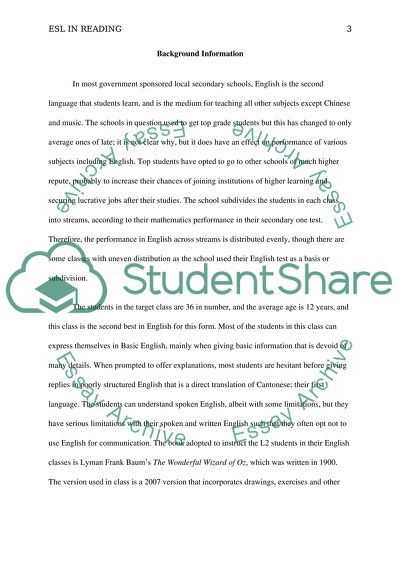Cite this document
(“ESL in Reading: Critical Analysis of an existing unit of reading Research Paper”, n.d.)
Retrieved from https://studentshare.org/education/1396528-esl-in-reading-critical-analysis-of-an-existing
Retrieved from https://studentshare.org/education/1396528-esl-in-reading-critical-analysis-of-an-existing
(ESL in Reading: Critical Analysis of an Existing Unit of Reading Research Paper)
https://studentshare.org/education/1396528-esl-in-reading-critical-analysis-of-an-existing.
https://studentshare.org/education/1396528-esl-in-reading-critical-analysis-of-an-existing.
“ESL in Reading: Critical Analysis of an Existing Unit of Reading Research Paper”, n.d. https://studentshare.org/education/1396528-esl-in-reading-critical-analysis-of-an-existing.


